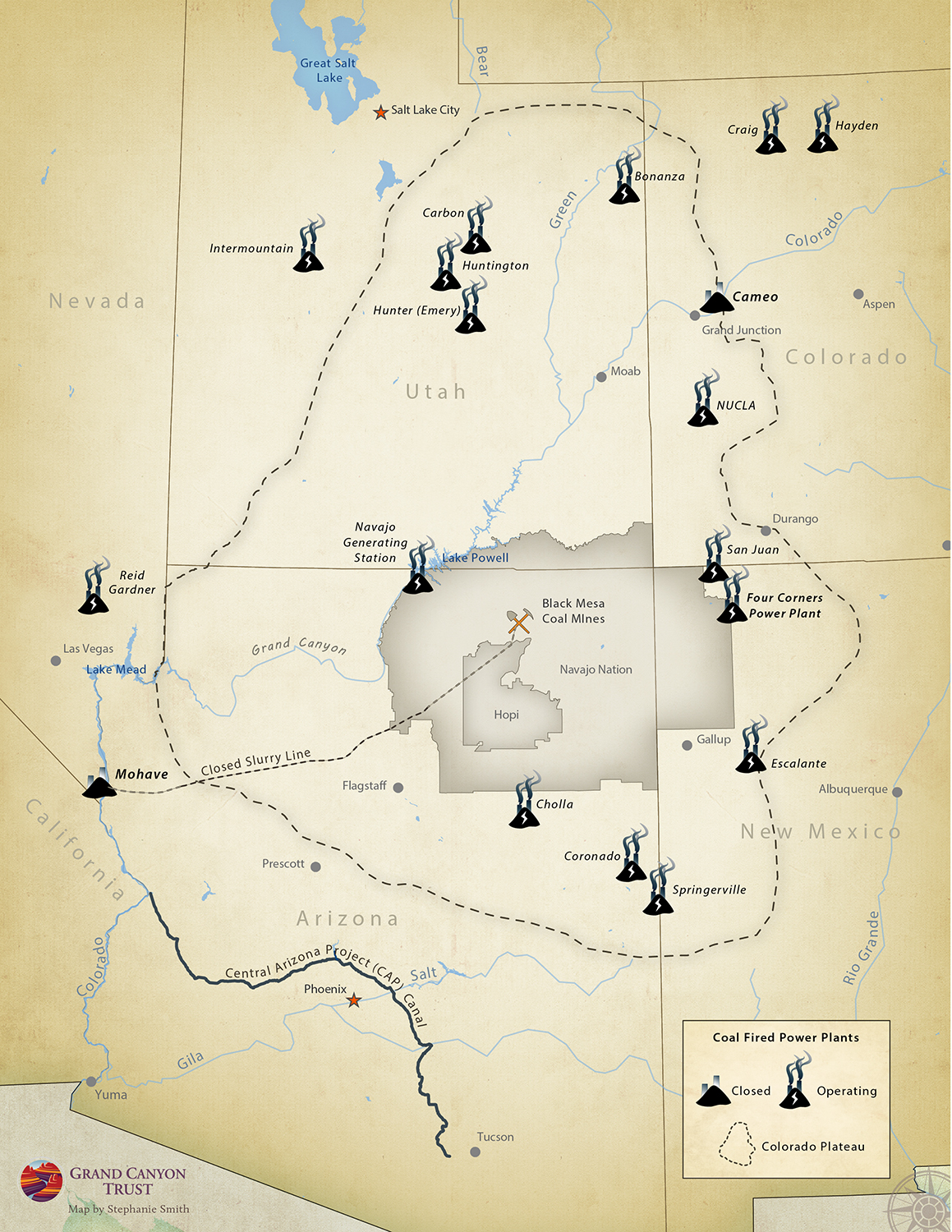

The results showed that the net electrical efficiency increases for systems using higher amine concentrations. Analyzing the effect of various CO2 capture process parameters on the heat, solvent and cooling water requirements, and on the overall plant performance, it was found that the concentration of amine in the solution is the most important parameter. The addition of an amine capture system to both the coal-fired and biomass cofiring plants further reduces the efficiency of the plants by more than 10% points.

The results indicate that cofiring 10% of biomass in a coal-based power plant only slightly affects the energy performance of the plant, reducing the net efficiency by 0.3% points.
#Coal fired power plant simulation software#
All the systems were modeled and simulated using the process simulation software Aspen Plus. In this study, we investigated in detail the performances of pulverized coal combustion plants with direct cofiring of biomass and integrated with an amine-based postcombustion capture technology. Among these measures, the use of biomass, which is considered one of the most cost-effective renewables and, in addition, carbon neutral, combined with CO2 capture and storage will play an important role toward reducing the fossil-based CO2 emissions. In order to mitigate the emissions of CO2 from coal-fired plants, several measures were proposed, such as increasing the efficiency of the plants, cofiring biomass with coal, and capturing and storing CO2 deep underground. Coal-fired power plants are the largest source of anthropogenic carbon dioxide (CO2) emissions into the atmosphere, with more than 9.5 billion tonnes of CO2 emitted annually.


 0 kommentar(er)
0 kommentar(er)
